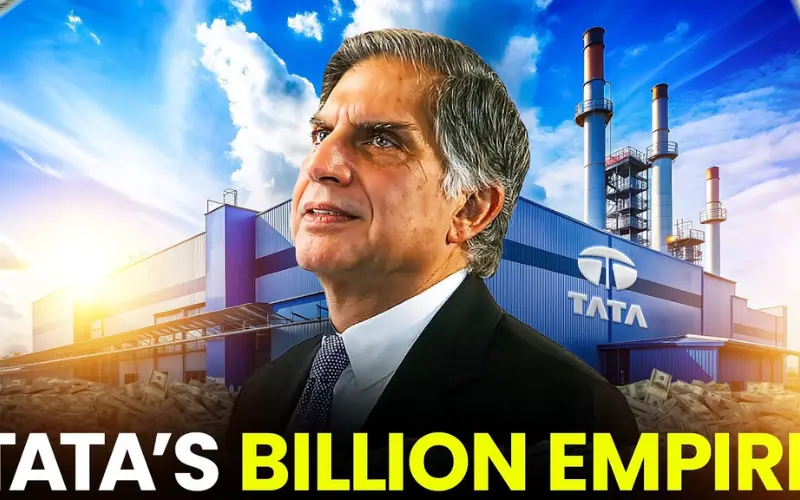The Tata Group is one of India’s most influential and iconic companies. From humble beginnings to a vast global empire, the story of Tata is one of vision, resilience, and leadership. This blog delves into the untold story of how the Tata Group built its empire.
The Foundation of Tata Group
The Tata Group was founded in 1868 by Jamsetji Tata. He was a visionary industrialist who had a dream to transform India. Jamsetji believed that India could be self-reliant, and he wanted to build industries that would contribute to the nation’s growth.
Jamsetji Tata’s Vision
Jamsetji Tata was ahead of his time. He didn’t just want to create wealth; he wanted to give back to society. His vision was to establish industries that could improve the quality of life for the people of India. Under his leadership, the Tata Group started in the textile industry but quickly expanded to other sectors.
Tata Steel: The First Big Step
One of the first major milestones for the Tata Group was the establishment of Tata Steel in 1907. It was India’s first steel plant, and it marked a turning point in the country’s industrial revolution. Tata Steel was more than just a business—it was a symbol of national pride and self-reliance.
Expanding into New Horizons
After Jamsetji Tata’s passing, his sons, Sir Dorabji Tata and Sir Ratan Tata, took the helm. They continued their father’s legacy, expanding the Tata Group into new industries like power, chemicals, and hospitality. The Taj Mahal Palace Hotel, Mumbai’s iconic landmark, was opened in 1903 under Jamsetji’s leadership, demonstrating Tata’s commitment to quality and service.
The Role of J.R.D. Tata
J.R.D. Tata, one of the most famous leaders of the Tata Group, took over in 1938. Under his leadership, the group diversified further, entering new industries like aviation with the launch of Air India. J.R.D. was not only a successful businessman but also a pioneer. He believed in innovation and modernization.
Ratan Tata: Modernizing the Empire
Ratan Tata, another iconic figure in the Tata Group’s history, took the company to new heights in the 1990s. He modernized the business, expanding its global footprint. Under Ratan Tata’s leadership, the group made several high-profile acquisitions, including Jaguar Land Rover and Tetley Tea.
Tata Group Today
Today, the Tata Group operates in over 100 countries across six continents. The company is involved in everything from technology and automotive to consumer goods and steel. The group has over 800,000 employees, making it one of the largest employers in India.
The Legacy of Social Responsibility
What sets the Tata Group apart is its commitment to social responsibility. Since its founding, the Tata Group has emphasized giving back to the community. Today, over 60% of the company’s profits go to charitable trusts, which fund education, healthcare, and rural development projects across India.
Conclusion: The Builders of the Tata Empire
The Tata Group’s empire wasn’t built overnight. It took vision, leadership, and a deep sense of responsibility. From Jamsetji Tata’s dream of a self-reliant India to Ratan Tata’s global expansion, the group’s story is one of perseverance and innovation. The untold story of the Tata Group is a testament to what can be achieved when business and social purpose come together.



